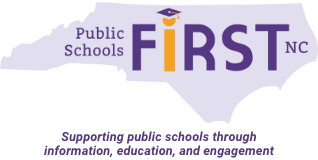New research from the Stanford Center for Opportunity Policy in Education (SCOPE) reveals how four schools in Northern California are succeeding in breaking the achievement gap for students of color and low-income students.
SCOPE released their research: a cross-case analysis, a technical report, a research and policy brief and an interactive online tool for educators, all tools aimed at providing hands-on tools for educators.
“Student-centered practices emphasize personalization; high expectations; hands-on and group learning experiences; teaching of 21st century skills; performance-based assessments; opportunities for educators to reflect on their practice and develop their craft; and shared leadership among teachers, staff, administrators and parents.”
In order to accommodate underserved students, educators must create new learning experiences “while addressing their gaps in knowledge and skills.” Incorporating student-centered practices in schools “requires adequate funding to attract and retain high-quality staff and to provide a rich set of curriculum experiences for students.”
